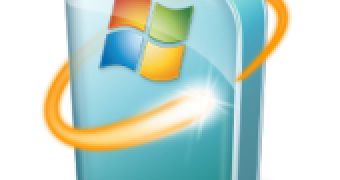Coinciding with the first day of BUILD next week, Microsoft’s monthly security bulletins will be released to customers worldwide. According to information provided in advance by the software giant, patches will be made available for supported versions of Windows and Office.
“As we do each month, we're providing advanced notification on the release of five Important security bulletins, addressing 15 vulnerabilities, to help protect customers using Microsoft Windows and Office,” revealed Pete Voss, Sr. Response Communications Manager Microsoft Trustworthy Computing.
“As usual, the bulletin release is scheduled for the second Tuesday of the month, September [13], at approximately 10 a.m. PDT.”
There’s a small typo on the MSRC blog, and the actual date of the September 2011 Patch Tuesday is September 13 not 14.
Despite the great number of vulnerabilities, none of the security holes and their associated patches are considered Critical by Microsoft.
The highest security rating that the September 2011 security updates carry is Important. Despite this, customers are still advised to deploy the patches as soon as possible, especially since exploiting some of the security holes could still allow attackers to perform remote code execution.
A single security bulletin will deliver patches impacting users running Windows 7 Service Pack 1 (SP1), Microsoft informed. Customers running Office 2010 SP1 will need to deploy updates offered through two security bulletins.
Patches will be released for additional supported versions of Office and Windows, including XP, Vista, Office 2007 and Office 2003.
“I wanted to let you know that in order to facilitate localization, Microsoft has enhanced its URL pattern for all security bulletins. Now all TechNet pages, including security bulletins, advisories and MSVR advisories, use new URLs. The new URL pattern for bulletins will be: http://technet.microsoft.com/security/bulletin/msyy-xxx,” Voss added.
“If available, the appropriate localized version of a page will render automatically, based on the local machine’s language settings. Microsoft has also started redirecting access to pages with the old URL pattern to the new pages with the new URL pattern.”

 14 DAY TRIAL //
14 DAY TRIAL //